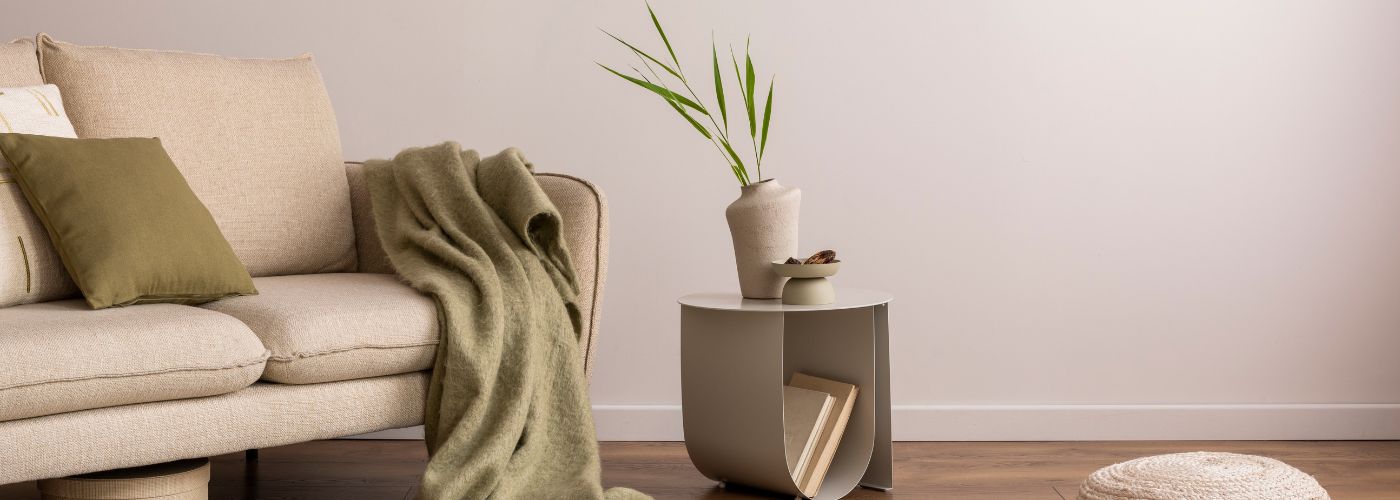In the competitive world of real estate, first impressions are everything. One way way to grab home buyers attention is through the use of homestaging. While this is a great tool, it can potentially hurt you if you do it incorrectly. We’ll be going over the common mistakes to avoid with homestaging.
Top Mistakes To Avoid With Homestaging
One of the most common mistakes to avoid with home staging is poor planning, which can lead to wasted time and resources. Before you dive into rearranging furniture or selecting décor, it’s crucial to create a cohesive strategy that aligns with your target buyer demographic.
Failing to conduct thorough research before staging can result in choices that feel more personal than universal, ultimately alienating potential buyers.
It’s recommended to start by assessing the local market and understanding the preferences of prospective buyers in your area. Consider factors such as lifestyle, tastes, and the demographics of those who are likely to view the home.
Speaking with a certified real estate stager can provide invaluable insights that ensure your staging choices appeal to a wider audience.
Don’t Over-Personalize Your Space
One of the most common pitfalls in home staging is over-personalizing your space. While it’s essential to create a welcoming atmosphere, cluttering your home with family photos and personal memorabilia can hinder potential buyers from envisioning their own lives in the space.
A successful staged environment should feel inviting yet neutral, allowing visitors to connect emotionally without feeling intruded upon by someone else’s life story. Think of staging as setting the stage for a play; you want guests to feel an emotional pull while leaving room for their imaginations.
You can put your belongings away in storage or carefully choose only a few neutral decor items that can appeal to a broad audience. Instead of personal photos, consider using artwork or prints that are universally relatable and aesthetically pleasing.
This balance can be achieved by incorporating neutral decor, such as soft color palettes, modern furniture pieces, and minimalistic art that reflects a contemporary aesthetic without being too polarizing.
Skipping Professional Staging Help
One of the most significant blunders homeowners make is attempting to stage their home without professional help. While DIY staging can be appealing, neglecting the expertise of seasoned stagers often results in a missed opportunity for enhancing your home’s appeal.
Professionals not only understand current design trends but also know how to highlight your space’s best features while downplaying any weaknesses. Skipping this crucial step can leave potential buyers overwhelmed by cluttered spaces or mismatched decor.
Additionally, many sellers underestimate the power of color; bold paint choices may seem trendy today but can alienate prospective buyers who prefer understated elegance. Simple yet effective adjustments, guided by professionals, can transform perceptions and maximize your home’s appeal on showings.
Overcrowd Each Living Space
When it comes to huge mistakes to avoid with homestaging, never overcrowd spaces. While it might seem tempting to showcase every piece of furniture, a cluttered room can overwhelm potential buyers and hinder their ability to envision themselves in the home.
Instead, choose key pieces that highlight the room’s purpose while allowing for ample movement—alluring spaces should invite exploration rather than stifling it.
Another common mistake lies in poor furniture placement. Many homeowners overlook how strategic arrangements can accentuate a room’s dimensions and focal points. For instance, angling a sofa or utilizing side tables to create an intimate conversation area fosters warmth and connectivity in larger rooms.
Additionally, remember that furniture staging is not just about filling rooms—it’s about creating narratives that potential buyers can engage with emotionally, showcasing how they might live their lives within those walls.
Not Offering Virtual Staging
One common mistake many sellers make is overlooking the power of virtual staging. While traditional home staging can create a warm, inviting atmosphere, virtual staging allows for limitless possibilities without the physical constraints or costs associated with furniture rental.
By not offering virtual staging options, you may miss out on a chance to appeal to tech-savvy buyers who envision different aesthetics. Additionally, a well-executed virtual layout can showcase your property’s potential in ways that empty rooms cannot.
Another benefit of virtual staging is that it allows you to tailor the presentation of your home to different buyer demographics. For example, a family-oriented space can be designed with kid-friendly furnishings and décor, while a minimalist aesthetic might attract young professionals seeking sleek and modern living environments.
This targeted approach not only highlights the versatility of the property but also resonates with potential buyers on an emotional level!
Neglecting Repairs On Your Home
One of the most overlooked pitfalls in home staging is neglecting repairs on your home. Potential buyers are discerning; they see through a well-staged room if underlying issues haven’t been addressed.
A fresh coat of paint or a strategically placed vase can only mask problems for so long. Ignoring repairs sends the message that the property hasn’t been maintained, which could significantly lower its perceived value.
You can also create a negative impression that lingers in the minds of buyers, making them wary of potential hidden costs after they purchase the home.
Before staging, take time to conduct a thorough inspection of your property. Look for issues such as leaky faucets, squeaky doors, or cracks in the walls—these may seem minor but can add up to signal larger problems.
Overall, these are the top mistakes to avoid with homestaging.
